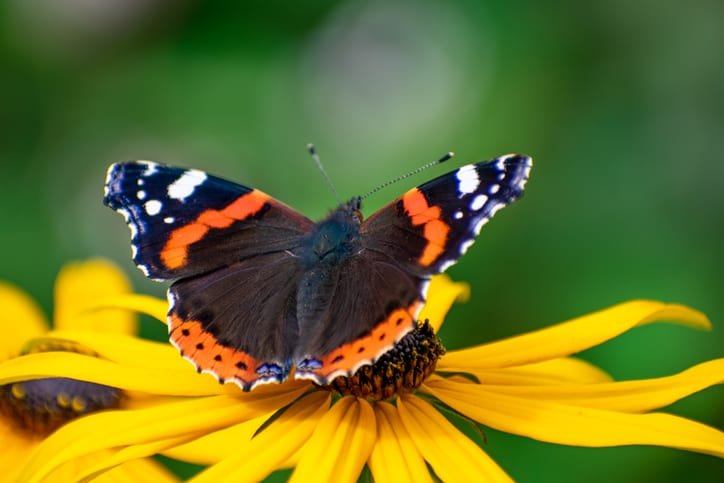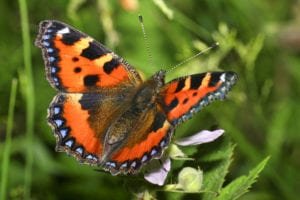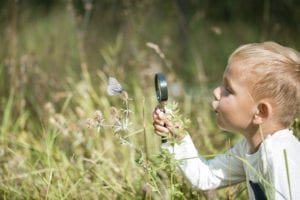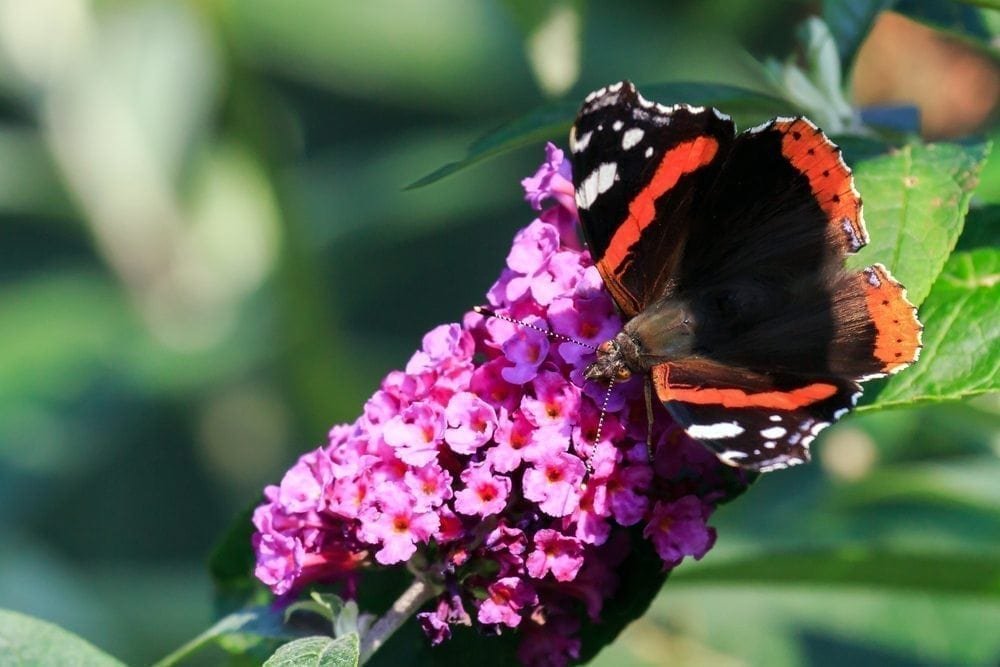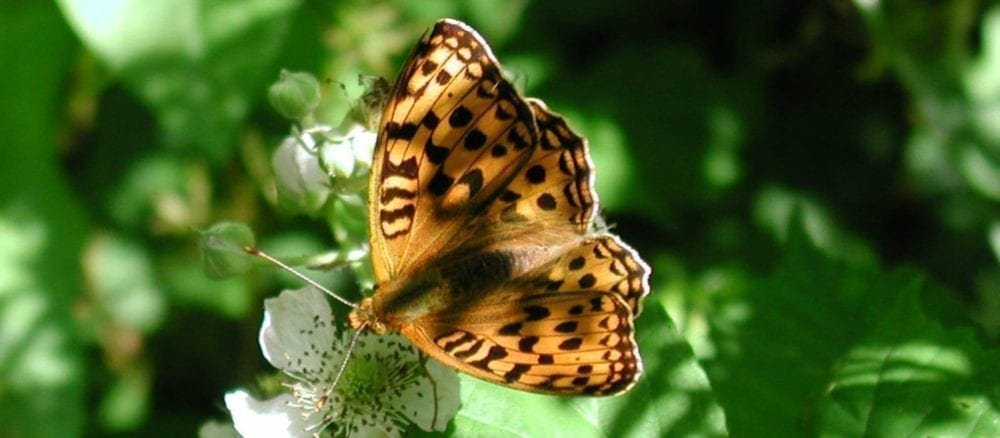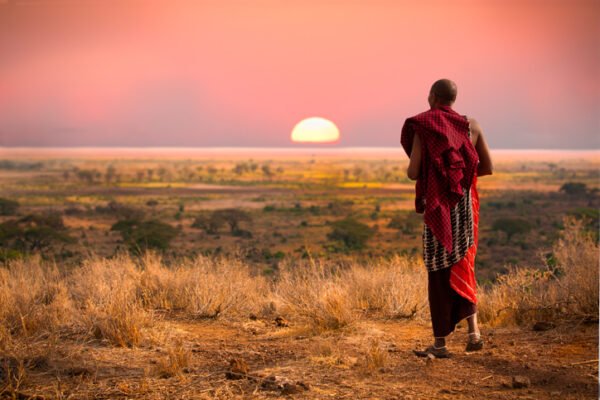Chris Packham and wildlife charity Butterfly Conservation are launching this year’s Big Butterfly Count today (16 July) by asking people to help find and record butterflies across the UK.
Butterfly Conservation’s current records show that many species of butterfly have had a poor spring or a delay in their emergence following 2021’s unseasonably cold and wet weather.
The speckled wood was particularly low in numbers this spring, but the small tortoiseshell, comma, green-veined white, large white and red admiral were also all down in abundance compared with their 10-year average.
The charity is asking people to find out how this will impact summer’s butterflies by taking part in the Big Butterfly Count.
Butterflies and the climate
The weather in spring 2021 has been very challenging for many of the UK’s butterflies and moths; while April was the sunniest on record, it was also very cold with a record number of frosts. This was then followed by the wettest May for over 50 years.
Butterfly Conservation needs the public’s help to measure how these conditions have affected our butterflies and moths.
The UK is experiencing an increasing number of extreme weather events, a likely result of climate change, and it’s important we learn the effect these changes have on our native butterfly species in order to understand the likely long-term impacts on biodiversity.
‘Biodiversity and climate crisis is an urgent issue and it can be overwhelming to think about what we can do as individuals to really make a difference. Because butterflies and moths make excellent indicators of the impacts of climate change and other human environmental factors, collecting data on their numbers is really important. So, something as simple as recording a butterfly spotted in your garden, at your local park or on your window box can play a part in vital research into a global problem. It’s a really valuable contribution everyone can make.’
CHRIS PACKHAM
Vice-president of Butterfly Conservation and wildlife broadcaster
Join the Big Butterfly Count
The Big Butterfly Count is Butterfly Conservation’s annual three-week citizen science event. The UK-wide survey is open to everyone, of any age, living in towns, cities or the countryside.
Taking part just requires you to spend 15 minutes in an outdoor space (a great staycation activity) counting the number and type of butterflies, and some day-flying moths, you see.
It is easy to do and the more people who do it, the greater the benefits to our understanding of nature and how to help it.
There were over 145,000 counts submitted to the Big Butterfly Count last year, more than ever before. Though worryingly, 2020 also saw the lowest average number of butterflies logged since the event began twelve years ago.
Butterfly Conservation scientists are keen to see if this is a trend that continues in 2021. This means it’s more important than ever that the public take part and help to gather the data needed.
 Play Video about This Rock Might Just Save The World
Play Video about This Rock Might Just Save The World Play Video about Play 2 hours of rock
Play Video about Play 2 hours of rock Play Video about Play 2 hours of brook
Play Video about Play 2 hours of brook Play Video about Play 2 hours of sheep
Play Video about Play 2 hours of sheep

















